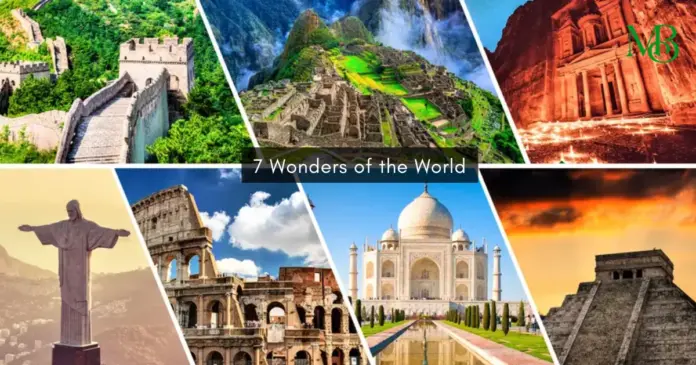Have you ever stared at a breathtaking picture of an ancient monument and thought, “Wow, I need to see this in real life”? That’s the magic of the New 7 Wonders of the World—each one holds a story so rich, so profound, that standing before them feels like stepping back in time. I’ve always been fascinated by history and architecture, and this list, finalized in 2007 after over 100 million people cast their votes, is a testament to human ingenuity.
Join me on a virtual journey as we explore these wonders together!
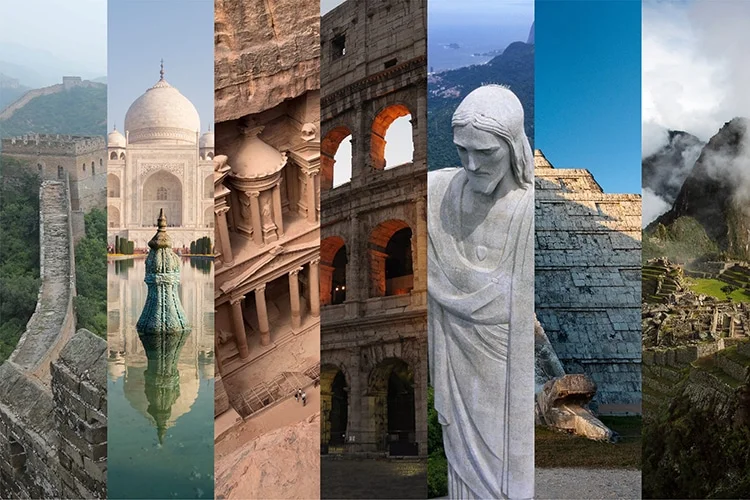
1. The Great Wall of China – A Never-Ending Marvel
Imagine walking along a massive stone structure that stretches as far as the eye can see, winding its way over mountains, rivers, and deserts. The Great Wall of China is exactly that—a defensive masterpiece built over centuries to keep invading forces at bay. Some sections are beautifully restored, while others are rugged and wild, whispering stories of battles and bravery.
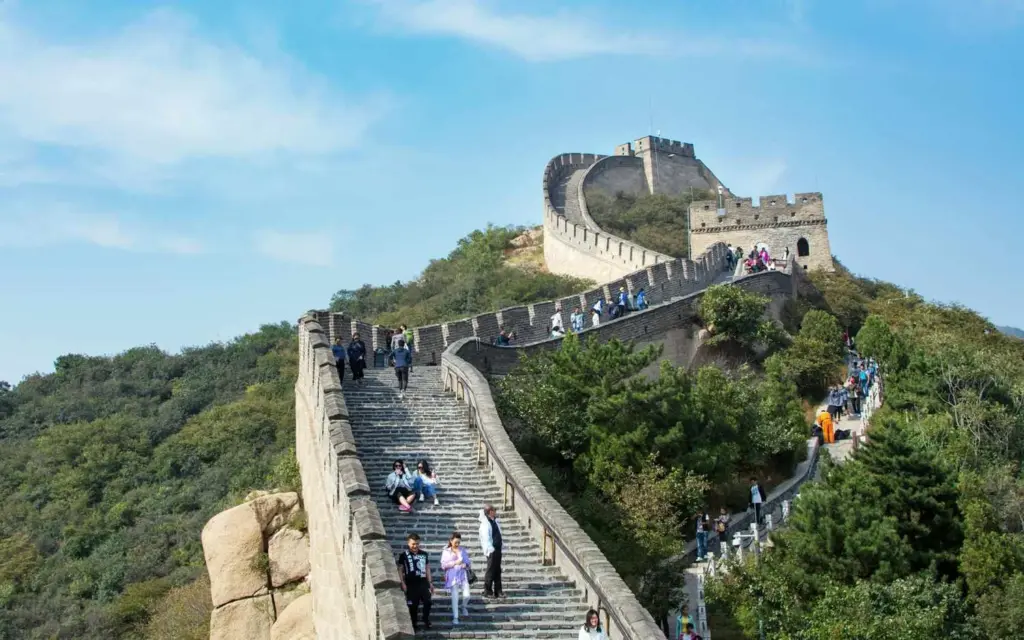
The sheer scale of this wall is staggering. It stretches over 21,000 kilometers—long enough to wrap around the Earth half a dozen times! Many assume the Great Wall is a single continuous structure, but in reality, it’s a series of walls built at different times by different dynasties. Some parts have crumbled into ruins, while others still stand tall, a testament to China’s resilience.
One of the most fascinating aspects of the Great Wall is how it reflects the ancient Chinese belief in cosmic harmony. It wasn’t just a military installation—it was designed with feng shui principles in mind, aligning with mountains and rivers to create a spiritual barrier as well as a physical one. Even today, when you walk along its winding pathways, there’s an undeniable energy—a sense of awe at what human hands can create.
Travel Tip: The Mutianyu section near Beijing is less crowded than Badaling and offers stunning views!
2. Chichén Itzá – The Maya’s Gift to the World
Deep in the Yucatán Peninsula of Mexico, the ruins of Chichén Itzá rise like a window into an ancient civilization. The main pyramid, El Castillo, isn’t just a structure; it’s an astronomical wonder! During the spring and autumn equinoxes, shadows create the illusion of a serpent slithering down the staircase—an engineering feat that leaves modern architects in awe.
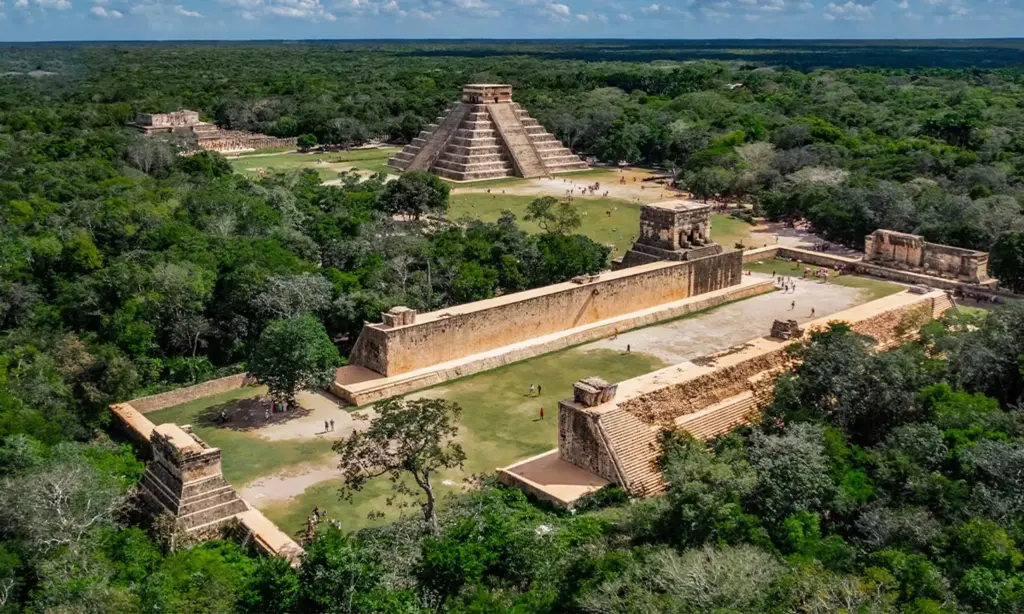
But this city isn’t just about the pyramid. Chichén Itzá was once a thriving metropolis, home to warriors, scholars, and priests. The vast Ball Court—where the Maya played a brutal game that was part sport, part ritual—is the largest in Mesoamerica. Legends say that the captain of the winning team was sometimes sacrificed to the gods—a bizarre honor that makes you wonder: would you want to win or lose?
I find it fascinating that a civilization without metal tools or beasts of burden managed to build such intricate structures. How did they do it? Some theories suggest advanced engineering techniques, while others point to lost knowledge we may never recover.
Travel Tip: Arrive early to avoid crowds and witness the morning sun casting dramatic shadows on the pyramid.
3. Petra – The Rose-Red City of Jordan
Petra is unlike anything you’ve ever seen. Imagine walking through a narrow, winding canyon when suddenly, the towering facade of Al-Khazneh (The Treasury) appears before you. It’s as if time stopped here.
Once a bustling trading hub of the Nabataeans, Petra’s carved sandstone structures have survived over 2,000 years. The Nabataeans were masterful engineers, creating an advanced water system that allowed them to thrive in the desert. They carved out canals, reservoirs, and even a dam, showcasing their ingenuity.
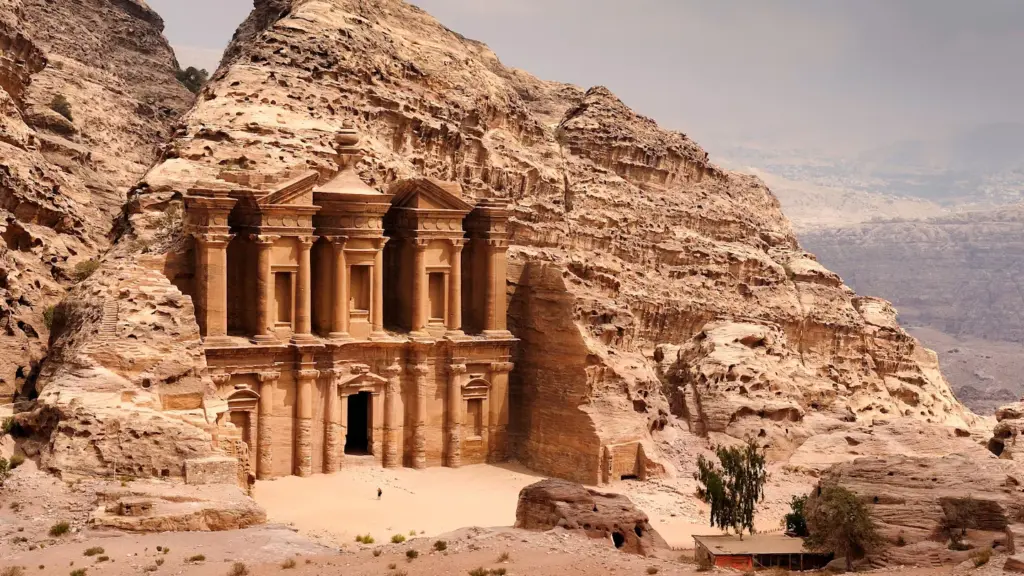
But Petra holds secrets beyond its famous Treasury. The site stretches far beyond, with tombs, temples, and even an ancient amphitheater. Some structures still hold vivid color patterns in the sandstone, giving them an ethereal glow during sunrise and sunset.
There’s something mystical about this place. Standing amidst the ruins, you can almost hear the whispers of traders bargaining over silk, spices, and incense. It’s history frozen in stone.
Travel Tip: Visit at night when Petra is lit by thousands of candles—it’s pure magic.
4. Machu Picchu – The Hidden Gem of the Incas
Perched high in the Andes, Machu Picchu is the crown jewel of Peru. It’s often called the “Lost City of the Incas,” but honestly, it was never lost—locals always knew about it! It was only in 1911 that explorer Hiram Bingham introduced it to the world.
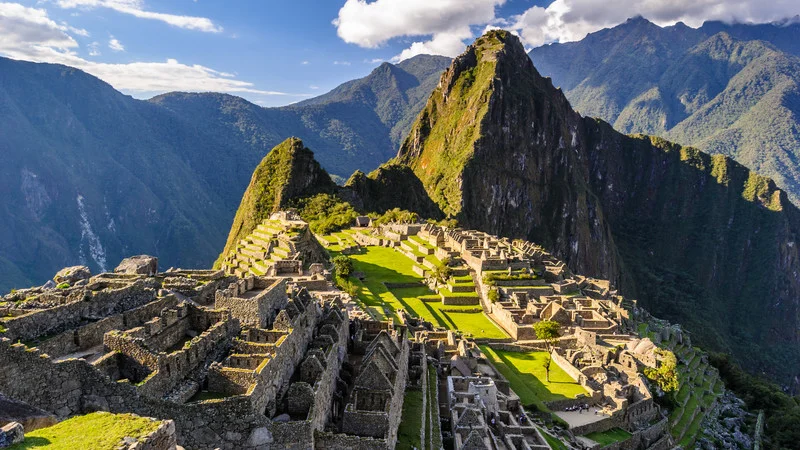
The blend of nature and architecture here is mesmerizing. The precision of the stonework, done without mortar, still baffles historians. How did they transport massive stones up steep mountains? Some believe the Incas used a system of ramps and levers, while others think they had techniques we have yet to rediscover.
Machu Picchu wasn’t just a royal retreat—it was a place of learning, farming, and possibly even astronomical observation. The Intihuatana stone, for example, is believed to have been used as a sundial. Its alignment with celestial bodies suggests deep astronomical knowledge.
Travel Tip: Take the Inca Trail for an immersive experience, but book months in advance!
5. Christ the Redeemer – The Guardian of Rio
Arms wide open, standing tall over Rio de Janeiro, Christ the Redeemer is more than just a statue—it’s a symbol of peace and faith. Built in 1931, it took nearly a decade to construct this 38-meter-tall masterpiece.
One of the most surprising facts? The statue was built in pieces in France and then shipped to Brazil! The outer layer is made of soapstone, chosen for its smoothness and resistance to weathering.

But beyond its construction, Christ the Redeemer has become a beacon of hope. It has withstood lightning strikes, earthquakes, and even a few misguided graffiti artists. Standing beneath it, one can’t help but feel a sense of peace—like the world is being watched over.
Travel Tip: Visit early in the morning or late in the evening to avoid the tourist rush and get the best photos.
6. The Colosseum – Where Gladiators Became Legends
Rome’s Colosseum is history come to life. Once echoing with the roars of 50,000 spectators, this arena saw gladiators, wild beasts, and even naval battles (yes, they flooded the floor for ship fights!).
If these stone walls could talk, what stories would they tell? Of emperors, epic duels, and a time when entertainment meant life and death?
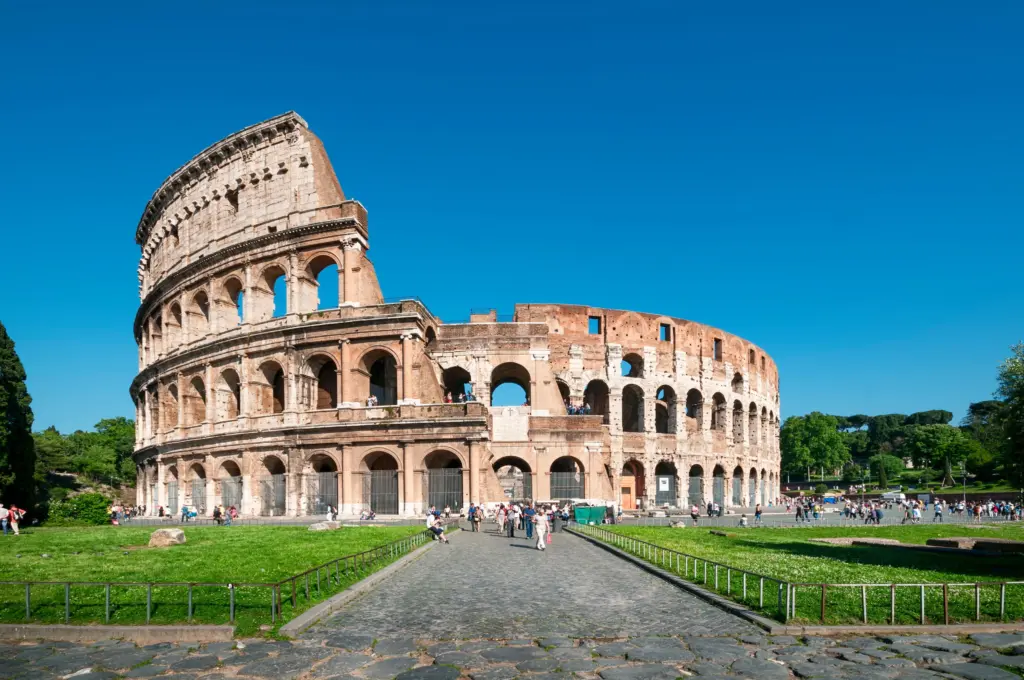
It’s eerie to think about what once took place here. Many fighters were enslaved people, trained to battle for their survival. The Colosseum wasn’t just about bloodshed—it was also a social melting pot where Rome’s elite and commoners gathered to be entertained.
Travel Tip: Opt for a guided tour that includes the underground tunnels—it’s a whole different perspective!
7. The Taj Mahal – A Love Story in Marble
Ah, the Taj Mahal! The ultimate symbol of love, built by Emperor Shah Jahan in memory of his beloved wife Mumtaz Mahal.
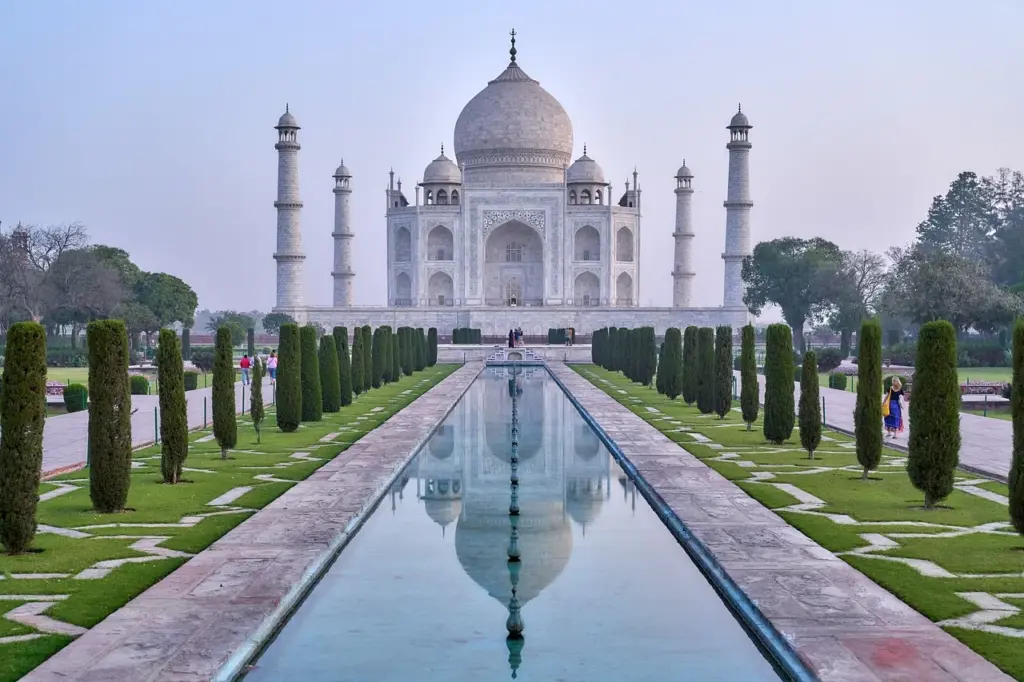
The intricate carvings, calligraphy, and symmetrical design showcase the artistic brilliance of Mughal architecture. The structure’s flawless white marble reflects different hues throughout the day—rosy at sunrise, golden at sunset, and ethereal under the moonlight.
Travel Tip: Visit at dawn for fewer crowds and a surreal experience.
Also Read: Tourist or Cultural Explorer? The Travel Mindset That Changes Everything
Do You Agree With the List?
These 7 wonders of the world remind us of humanity’s boundless creativity and resilience. Which ones have you visited, and which are on your bucket list? Let’s discuss in the comments!
FAQs
1. Why were these specific sites chosen as the New 7 Wonders of the World?
These wonders were selected through a global vote organized by the Swiss foundation New7Wonders. Over 100 million people participated in the voting process to choose the most remarkable landmarks based on their historical, cultural, and architectural significance.
2. Are the Pyramids of Giza part of the New 7 Wonders list?
No, the Pyramids of Giza were not included in the final seven, but they were given honorary status as the only surviving wonder of the original Seven Wonders of the Ancient World.
3. Can you visit all 7 Wonders in one trip?
While it’s possible, it would be quite challenging due to their locations across different continents. A well-planned world tour would be required, covering Asia, Europe, South America, and the Middle East.
4. Which of the 7 Wonders is the most visited?
The Great Wall of China and the Taj Mahal are among the most visited, attracting millions of tourists each year due to their accessibility and immense cultural significance.

